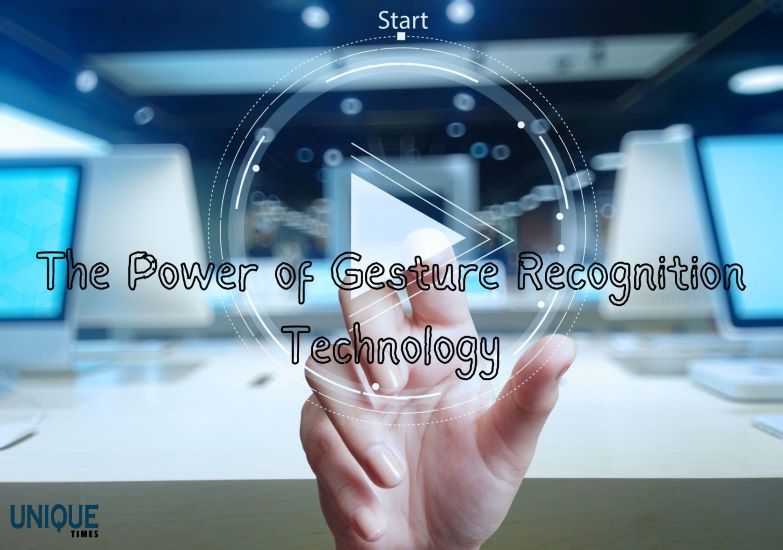Decoding the Future: Understanding Gesture Recognition Technology

In the ever-evolving landscape of technology, gesture recognition has emerged as a fascinating and revolutionary concept, reshaping the way we interact with devices and machines. This blog aims to unravel the intricacies of gesture recognition technology, exploring its applications, advancements, and the transformative impact it holds in various sectors.
Defining Gesture Recognition:
Gesture recognition technology involves the identification and interpretation of human gestures, allowing users to interact with devices through movements and expressions. Instead of relying on traditional input methods like keyboards or touchscreens, gesture recognition adds a layer of intuitive and natural interaction.
How Gesture Recognition Works:
- Sensors and Cameras: Gesture recognition systems utilize a combination of sensors and cameras to capture and interpret human movements. These sensors can include depth sensors, infrared cameras, or even standard cameras capable of capturing motion.
- Data Processing: The captured data is processed using sophisticated algorithms and machine learning techniques. These algorithms analyze the spatial and temporal characteristics of the gestures, converting them into actionable commands.
- Recognition and Mapping: Gesture recognition systems recognize specific patterns associated with gestures. These patterns are then mapped to corresponding actions or commands, enabling seamless interaction between the user and the device.
Applications Across Industries:
- Consumer Electronics: Gesture recognition has become a staple in consumer electronics. Smartphones, tablets, and smart TVs leverage this technology, allowing users to navigate, control, and interact with their devices through gestures.
- Gaming: In the gaming industry, gesture recognition has transformed user experiences. Game consoles like Xbox Kinect and PlayStation Move enable players to control characters and engage in gameplay using natural movements.
- Healthcare: Gesture recognition is making waves in healthcare, particularly in surgery and diagnostics. Surgeons can manipulate medical images without physical contact, reducing the risk of contamination. It also finds applications in rehabilitation exercises.
- Automotive: In the automotive sector, gesture recognition enhances safety and convenience. Drivers can control in-car systems, such as navigation and infotainment, with simple gestures, minimizing distractions and promoting a safer driving experience.
- Retail and Hospitality: Gesture recognition is increasingly being adopted in retail and hospitality for interactive displays, virtual shopping experiences, and customer engagement. It enhances the overall customer experience and adds an element of futuristic technology.
Advancements and Future Trends:
- 3D Gesture Recognition: The evolution of gesture recognition includes 3D capabilities, allowing systems to perceive gestures in three-dimensional space. This advancement enhances accuracy and expands the range of possible gestures.
- AI Integration: Artificial intelligence (AI) is being integrated into gesture recognition systems, enabling them to learn and adapt to users’ unique gestures over time. This personalization enhances user experiences and efficiency.
- Contactless Interactions: The global emphasis on hygiene and sanitation has accelerated the adoption of contactless technologies. Gesture recognition, being inherently touch-free, aligns with the growing demand for hands-free interactions.
Conclusion:
Gesture recognition technology stands at the forefront of human-machine interaction, transforming the way we engage with the digital world. From entertainment and healthcare to automotive and beyond, its applications continue to diversify, offering a glimpse into a future where our gestures seamlessly bridge the gap between us and the technology that surrounds us. As we navigate this exciting technological frontier, the potential for innovation and improvement seems boundless.
Picture Courtesy: Google/images are subject to copyright








